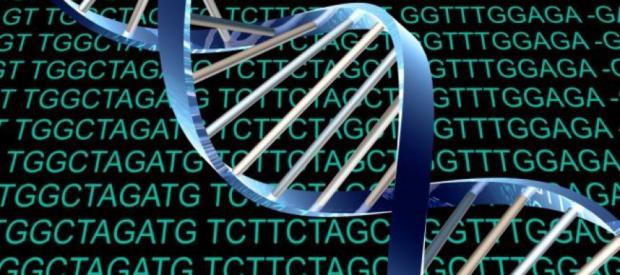
Breaking News
 Private Equity Plan to Steal Your Home.
Private Equity Plan to Steal Your Home.
 Comfy custom-fit saddle is 3D-printed according to data from your butt
Comfy custom-fit saddle is 3D-printed according to data from your butt
 WHO and EU Launch AI System To Monitor Social Media And Online "Misinformation" In Real T
WHO and EU Launch AI System To Monitor Social Media And Online "Misinformation" In Real T
 Why 'Mirror Life' Is Causing Some Genetic Scientists To Freak Out
Why 'Mirror Life' Is Causing Some Genetic Scientists To Freak Out
Top Tech News
 Future of Satellite of Direct to Cellphone
Future of Satellite of Direct to Cellphone
 Amazon goes nuclear with new modular reactor plant
Amazon goes nuclear with new modular reactor plant
 China Is Making 800-Mile EV Batteries. Here's Why America Can't Have Them
China Is Making 800-Mile EV Batteries. Here's Why America Can't Have Them
 China Innovates: Transforming Sand into Paper
China Innovates: Transforming Sand into Paper
 Millions Of America's Teens Are Being Seduced By AI Chatbots
Millions Of America's Teens Are Being Seduced By AI Chatbots
 Transhumanist Scientists Create Embryos From Skin Cells And Sperm
Transhumanist Scientists Create Embryos From Skin Cells And Sperm
 You've Never Seen Tech Like This
You've Never Seen Tech Like This
 Sodium-ion battery breakthrough: CATL's latest innovation allows for 300 mile EVs
Sodium-ion battery breakthrough: CATL's latest innovation allows for 300 mile EVs
 Defending Against Strained Grids, Army To Power US Bases With Micro-Nuke Reactors
Defending Against Strained Grids, Army To Power US Bases With Micro-Nuke Reactors
Scientists Hack a Human Cell and Reprogram It Like a Computer

But cellular computing is more than just a convenient metaphor. In the last couple of decades, biologists have been working to hack the cells' algorithm in an effort to control their processes. They've upended nature's role as life's software engineer, incrementally editing a cell's algorithm—its DNA—over generations. In a paper published today in Nature Biotechnology, researchers programmed human cells to obey 109 different sets of logical instructions. With further development, this could lead to cells capable of responding to specific directions or environmental cues in order to fight disease or manufacture important chemicals.
Their cells execute these instructions by using proteins called DNA recombinases, which cut, reshuffle, or fuse segments of DNA. These proteins recognize and target specific positions on a DNA strand—and the researchers figured out how to trigger their activity. Depending on whether the recombinase gets triggered, the cell may or may not produce the protein encoded in the DNA segment.
A cell could be programmed, for example, with a so-called NOT logic gate. This is one of the simplest logic instructions: Do NOT do something whenever you receive the trigger. This study's authors used this function to create cells that light up on command. Biologist Wilson Wong of Boston University, who led the research, refers to these engineered cells as "genetic circuits."
Here's how it worked: Whenever the cell did contain a specific DNA recombinase protein, it would NOT produce a blue fluorescent protein that made it light up. But when the cell did not contain the enzyme, its instruction was DO light up. The cell could also follow much more complicated instructions, like lighting up under longer sets of conditions.
Wong says that you could use these lit up cells to diagnose diseases, by triggering them with proteins associated with a particular disease. If the cells light up after you mix them with a patient's blood sample, that means the patient has the disease. This would be much cheaper than current methods that require expensive machinery to analyze the blood sample.

 SpaceX Heat Shield and Starship Mass Production
SpaceX Heat Shield and Starship Mass Production

